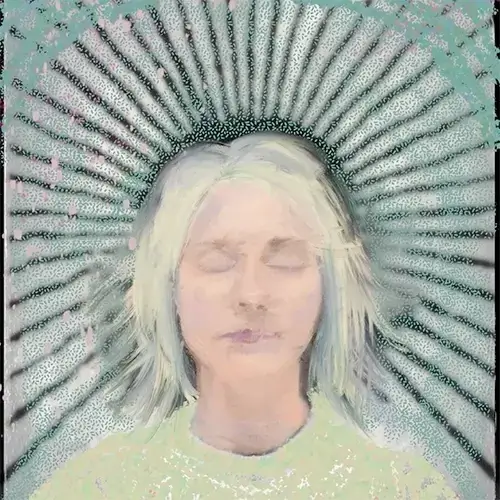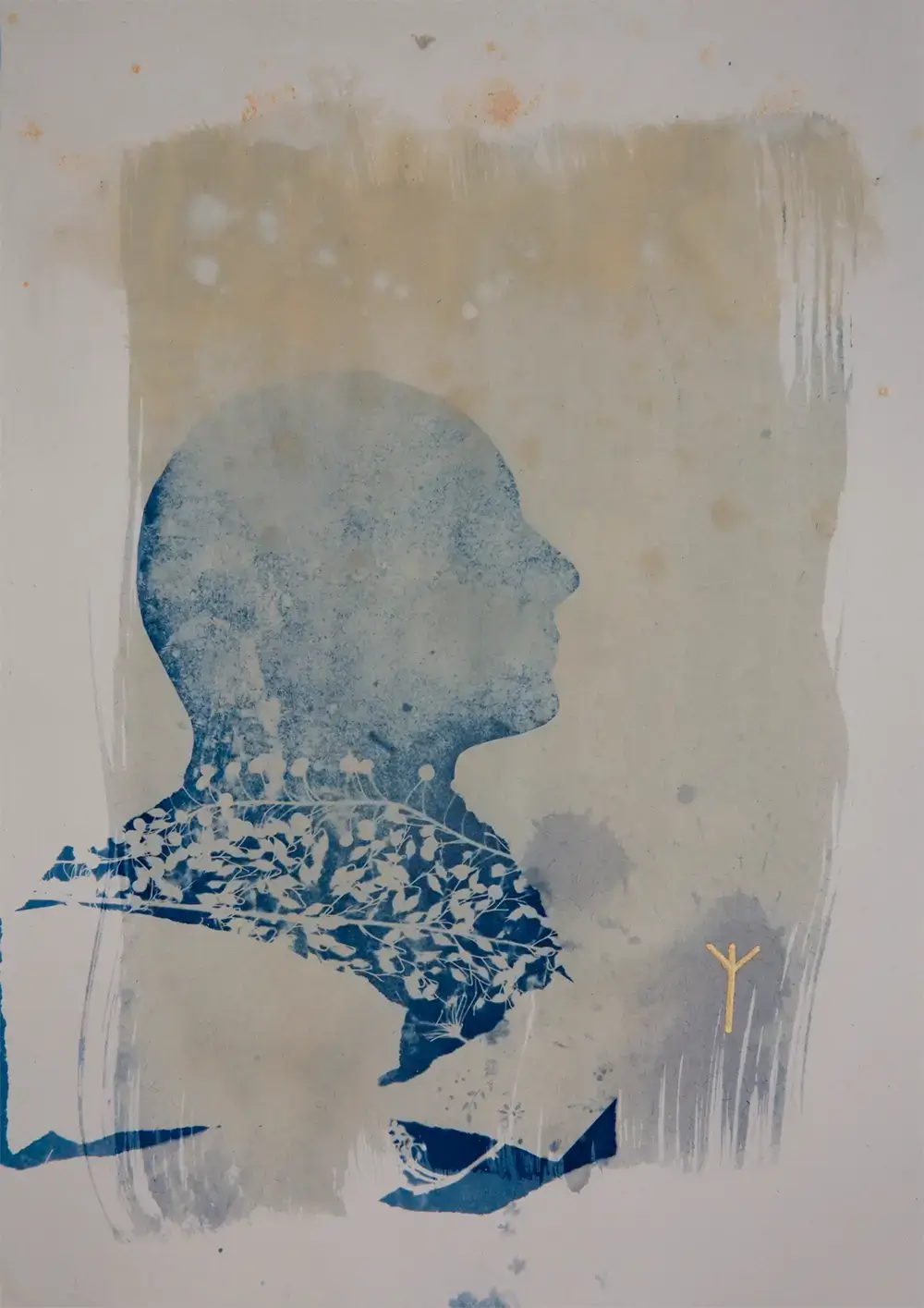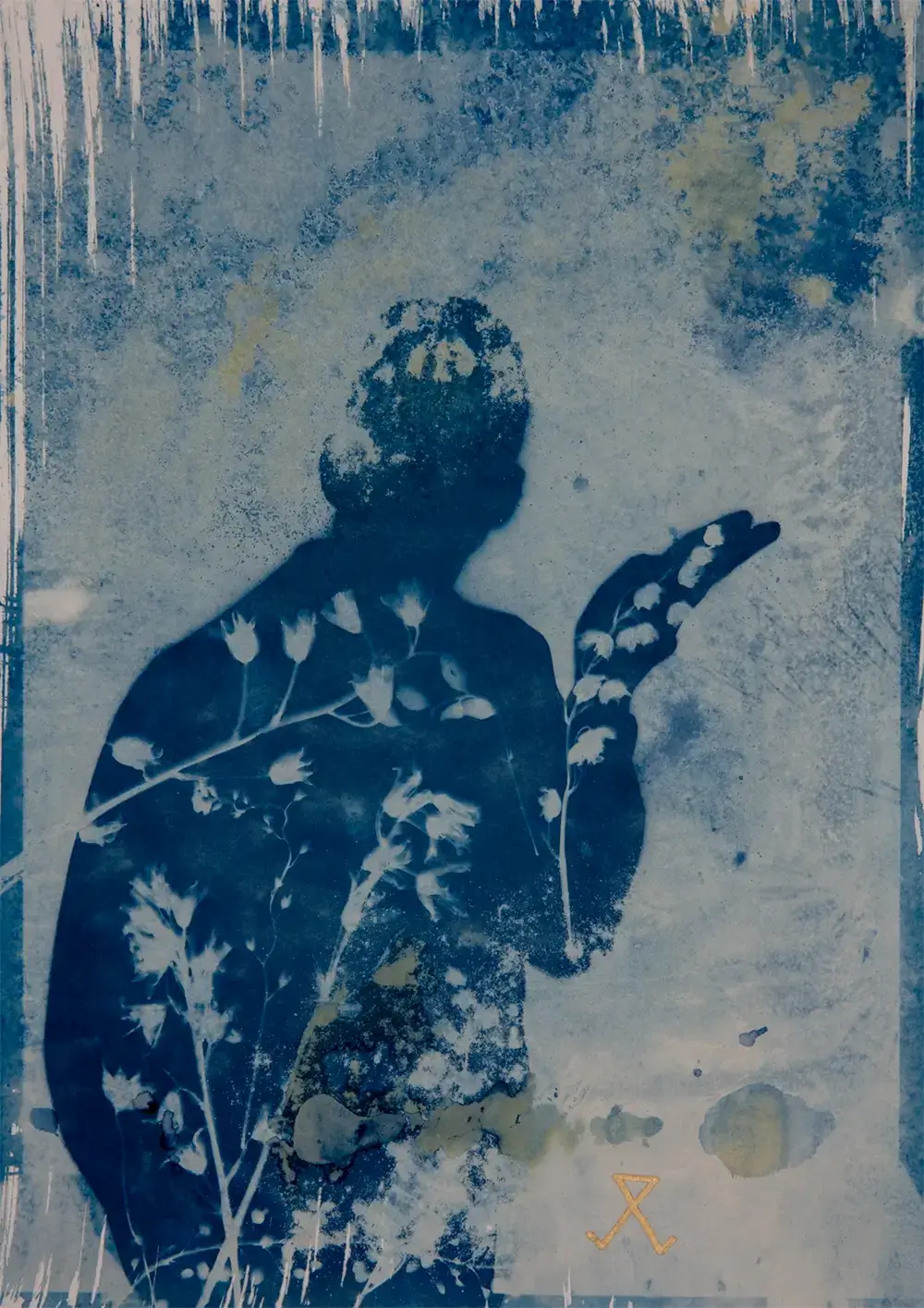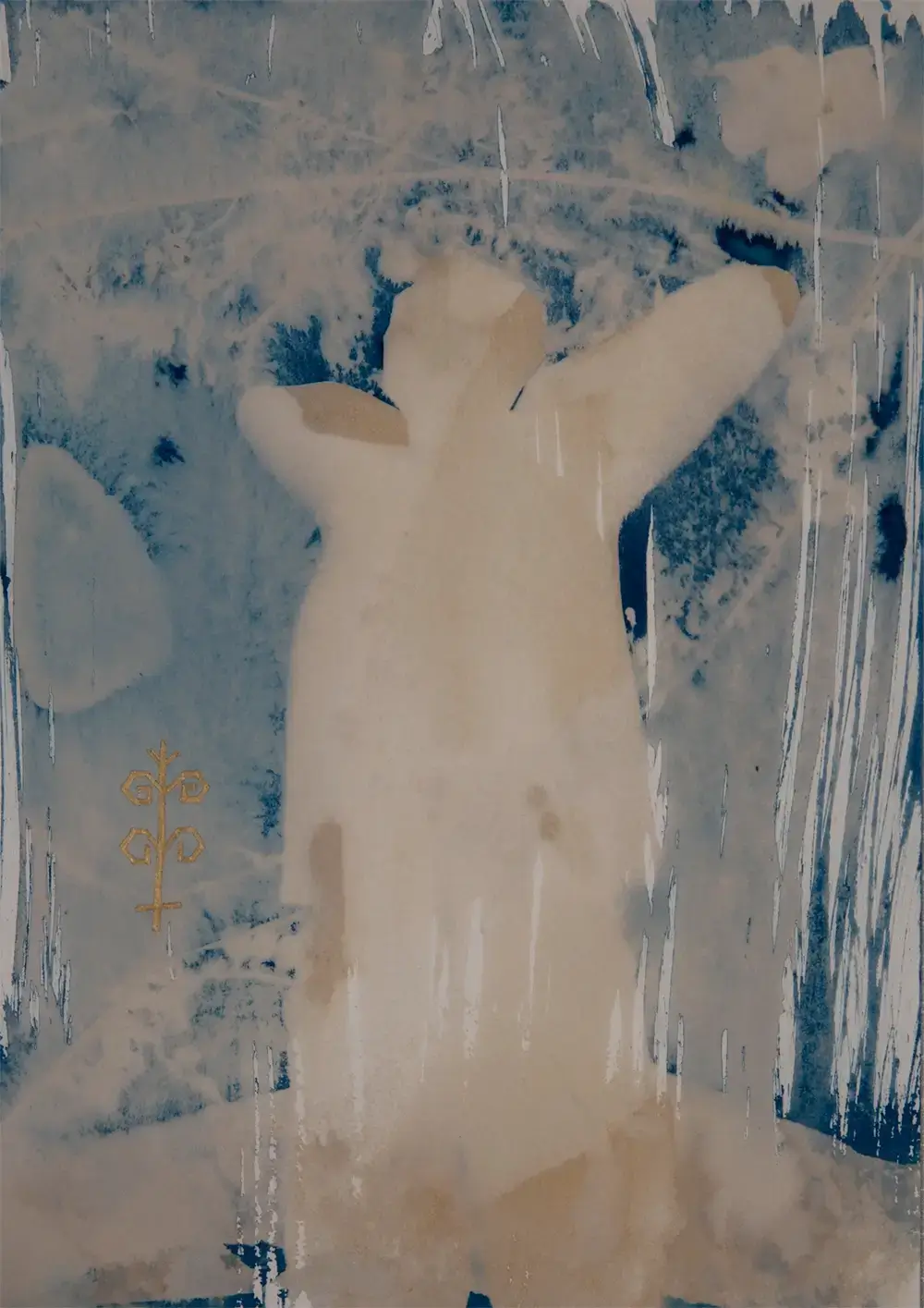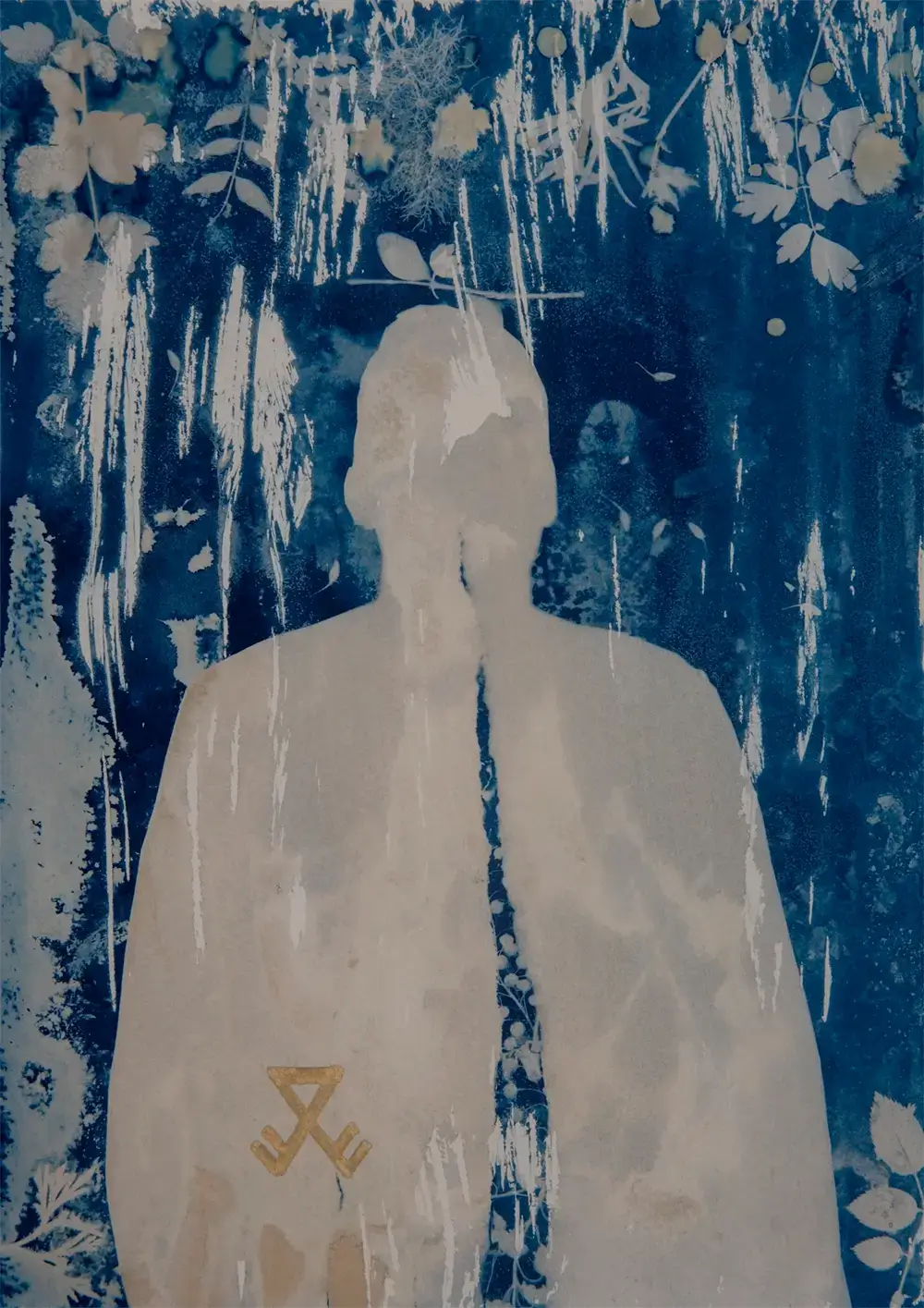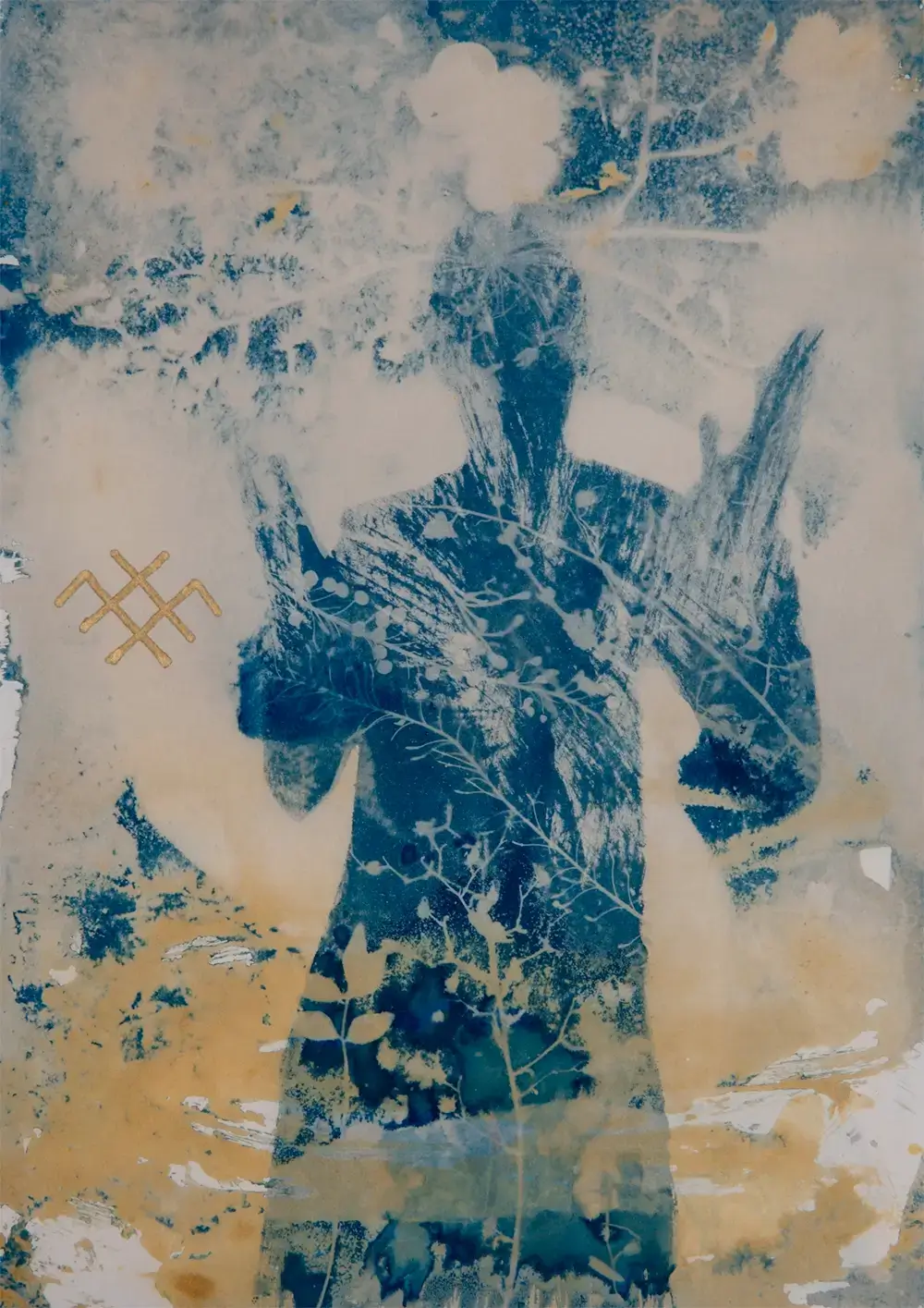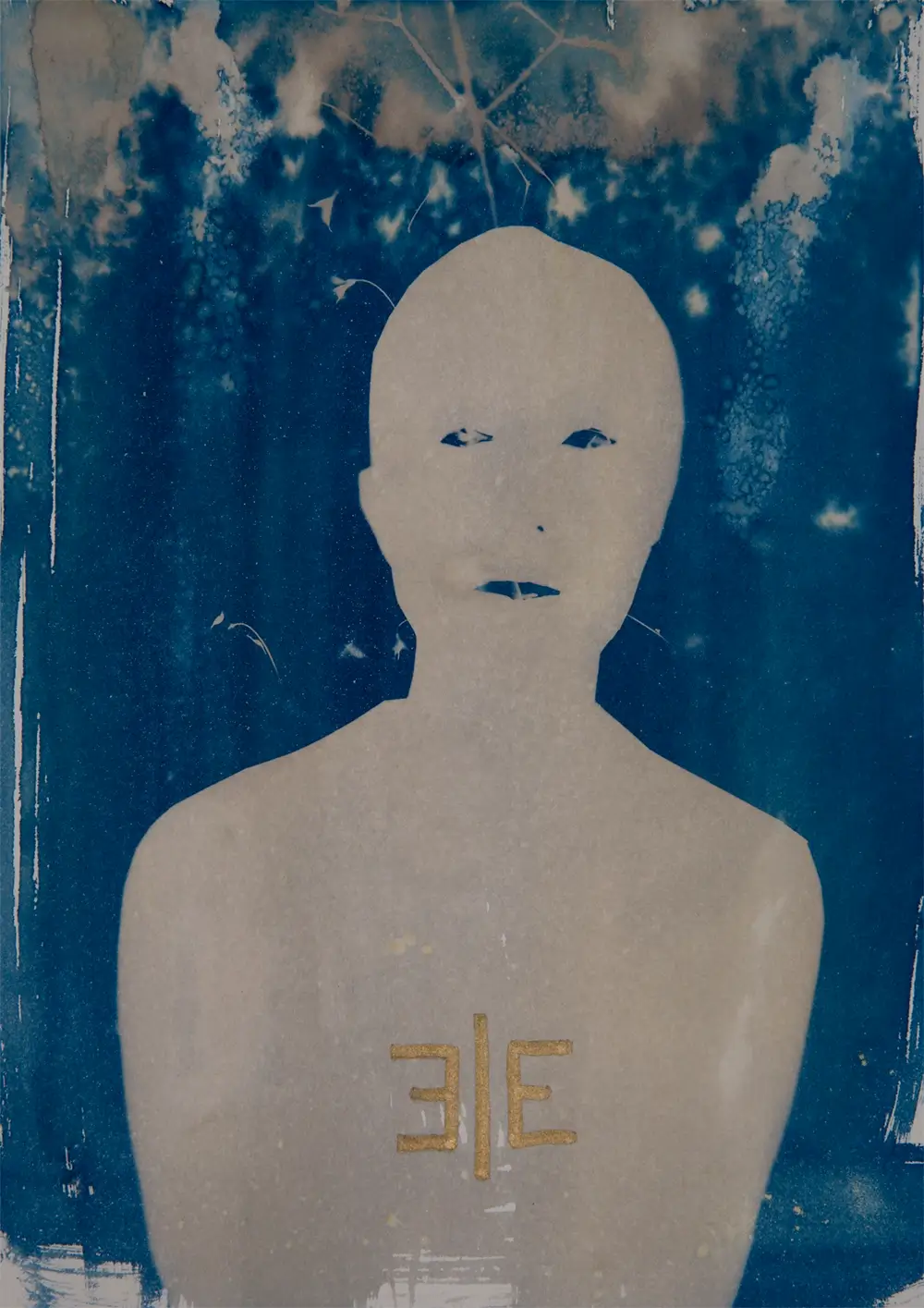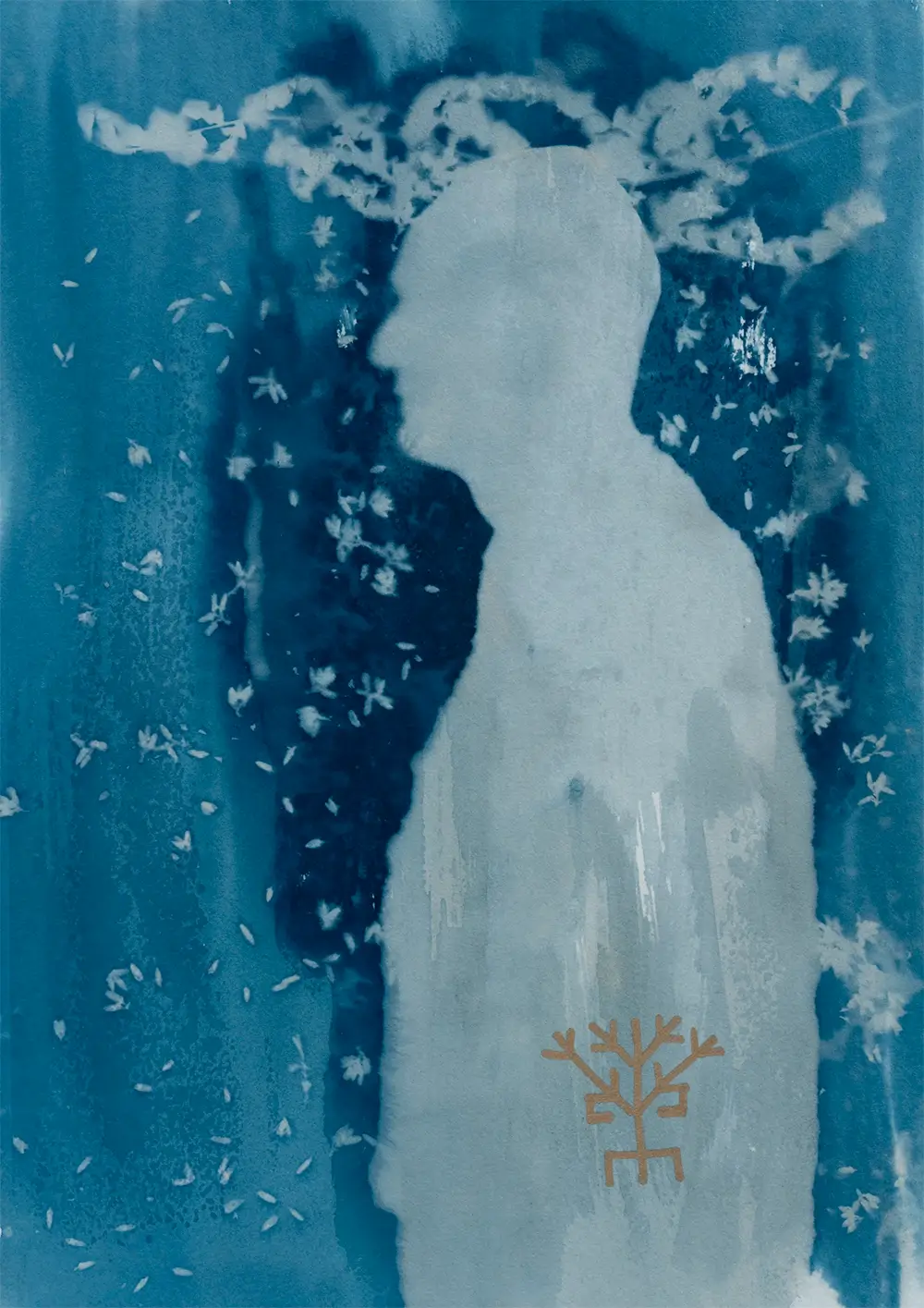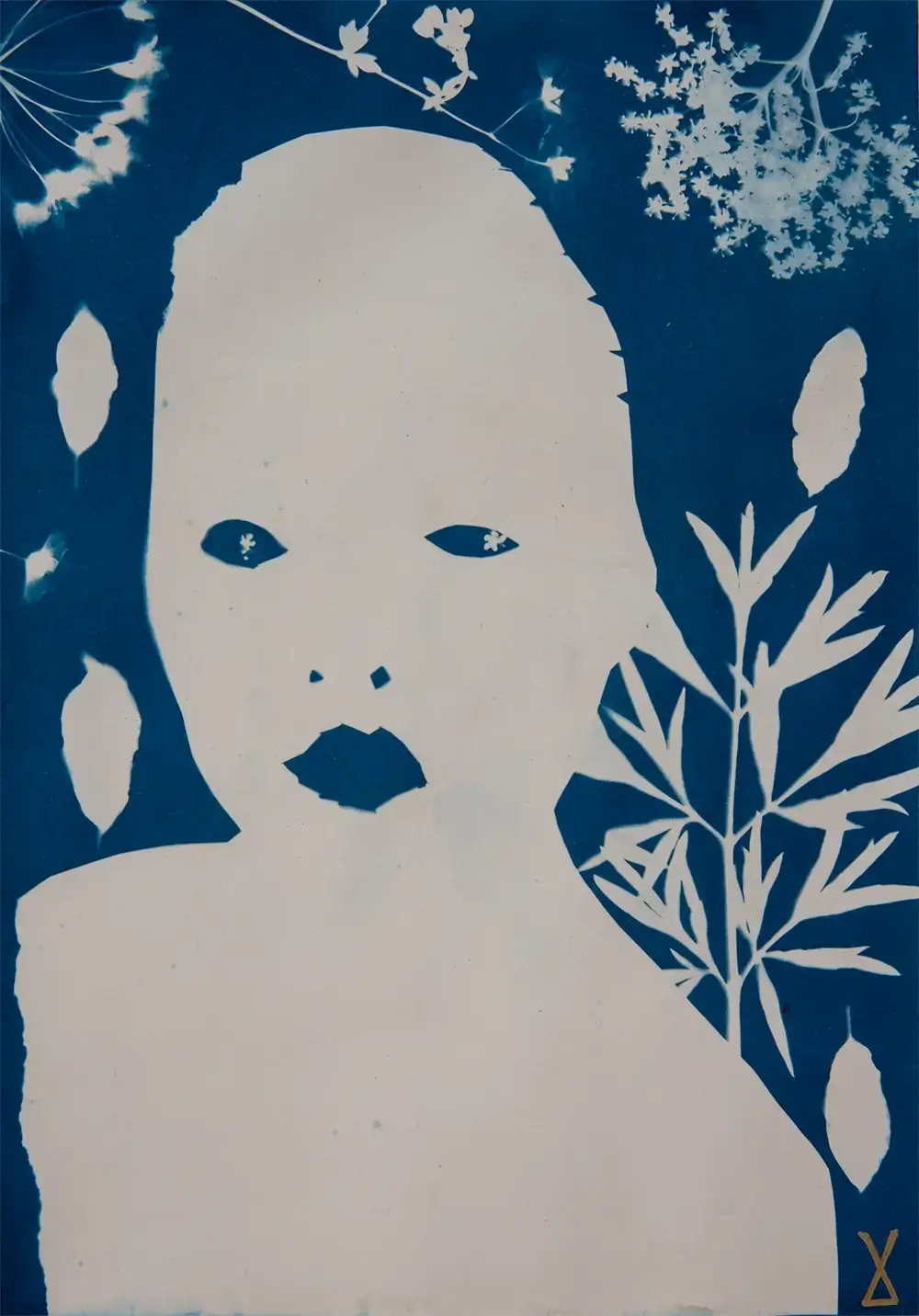British photographer Sarah Ketelaars combines a background in literature, journalism, and social science with a distinctive visual style that is both thoughtful and evocative. Based in Brighton, her work has been exhibited internationally and featured on book and magazine covers.
Her recent project
The 544 earned her a solo exhibition in May 2024.
We asked her a few questions about her life and work:
All About Photo: Tell us about your background—how did you first discover photography?
Sarah Ketelaars: I originally trained as journalist, then as a social worker. But in every job I did I managed to get photography included, whether making photographs to illustrate articles I wrote or starting therapeutic photography groups for clients, somehow I always came back to making or working with images.
Did your family history inspire your creative journey from the beginning?
At the beginning I tried so many different types of photography. I never learnt of a technique I didn’t want to try. There was nothing I didn’t want to photograph. Looking back I realise I was running away from confronting the work of looking at my family history and it is since I started to face that I have made my best work.
As a young child I filled school exercise books with stories about my grandmother’s life; her incredible escape running through the woods being shot at by Russian soldiers and then fleeing in a small boat. Eventually the school asked me to stop because I was getting through too many schoolbooks and they couldn’t afford to keep giving me new ones. The teachers told me to wait until I was grown up and then write a novel!
My grandmother also thought I would become a writer and she gave me permission to write a fictionalised biography of her life around the same time as she gave me a portable typewriter.
Do you have any mentors or photographers who have influenced your work?
There are so many photographers and artists I admire. Sally Mann, Jo Spence, Joy Gregory and Saul Leiter are like touchstones for me. I don’t mean you can necessarily see any visual influence from these photographers in my work, but these are people whose work I have returned to time and time again for nourishment and inspiration.
I’ve also been extremely lucky to work closely with the photographer Serge J-F Levy, who has mentored me for some years now. His insight, guidance and incredible generosity, both as a teacher and as a human, has transformed me and the way I work.
How did you first learn about the tragic events at the psychiatric hospital in Latvia?
I don’t remember a time I didn’t know my grandmother’s refugee story, but she didn’t tell me about this horrific war crime until just before she died. Back in the early 1990s I recorded an interview with her, looking back over her life, and during that process she told me what happened. She said she hadn’t told me before because she thought it would upset me too much. I knew straight away I would do something with the story, but for a long time I assumed I would write a novel about it.
What inspired you to turn this story into a photographic memorial?
In 2013 I visited the hospital In Daugavpils, Latvia, where the patients were taken from. The director was very kind and talked to my mother and me about the events of 1941, and let us wander around the grounds. She also told us there was no memorial to the patients and I knew then I had to make one, I just didn’t know what it would look like at that stage. Perhaps if I’d arrived there and found a memorial to the patients I wouldn’t be making this work, but there was nothing there to remember them.
Can you explain the significance of incorporating ancient Latvian pagan symbols into the pieces?
When I began the project I worked in a spontaneous and intuitive way, enjoying the experimentation and bringing my curiosity to the subject. The symbols seemed to me to belong quite naturally and I didn’t question this, but it felt right. Gradually it became clearer to me why the symbols are incorporated. They are like a small gift to each individual. They are slightly mysterious and that gives space for the viewer to put their own interpretation on the work. Recently someone wrote about the work and said she imagined that the symbols might say, ‘rest with the spirits of your ancestors, for you are not forgotten’. I loved that.
What equipment do you use for your cyanotypes?
It’s a fairly simple process. I use two different recipes for the cyanotype solution - the usual mix of type A and type B solutions, but also Mike Ware’s solution which has a faster developing time and gives deeper blues. I like to mix them within the same image sometimes or layer them. I mainly use the wet cyanotype process and use vinegar, water and natural pigments like turmeric and paprika to give different colours in the work.
Once I’ve coated the paper and laid out all the elements I want on top I either use the sun, or in the British winter, a UV lamp to develop.
Do you spend a lot of time refining or editing your images after printing?
I don’t usually refine the images after developing, apart from a very occasional re-coat and second development if I feel an image could work given another chance. But usually if it hasn’t worked first time it gets cut up for collage.
Editing is hard. I often make many versions of the same image and only one can get into the final project. Images spend some time on my studio wall while I sit with them until I know which choice to make.
What do you hope viewers will feel or reflect upon when experiencing this memorial?
It’s important to me not to place too much expectation on how people will feel upon seeing my work. What I value is allowing the viewer the space to experience their own reactions, not being too prescriptive about what people should or shouldn’t feel.
That said, of course I always hoped the work would make people reflect on the horrors we are capable of as a species and perhaps how can try to work to avoid such atrocities in the future.
What’s been amazing to me is to see the emotion it has evoked in people. Some have even cried on seeing the work and so many people have thanked me for making it. I never imagined it would affect people so profoundly and I feel very moved by people’s reactions.
Do you plan to continue researching the names and stories of the victims for future work?
Absolutely. There must be a list somewhere and I’m sure eventually it will be found. I’m following up on some leads at the moment.
This project is the second part of a trilogy about your family history—can you tell us more about the broader themes you’re exploring?
In my project ‘Wherever We Go’ I looked at cultural inheritance as both a blessing and a burden. The work explored what was kept and what was lost in my family due to the events of the second world war. Specifically, the effect of growing up in a family where I was always aware of the intense pain my grandmother lived with, having left her homeland and her family, never to see them again.
Researching intergenerational trauma I’ve become so much more aware of the mechanism it works through, and can now see it clearly in my family. I also believe the trauma can eventually be healed if someone in the family addresses it and starts that process, so that is what my current work tries to do.
How has this project shaped your vision for future photographic or artistic explorations?
Now that I’m finally doing the work I was born to make I finally feel completely happy in my own skin as an artist. It has made me more fearless and has given me confidence that just following my instincts and remaining curious will lead me to the right work in future.
Are there any upcoming projects you’re excited to share?
Yes! I’m working on a few things.
The last project in the trilogy will be about the boat my grandmother escaped in.
I’m also working on some single images connected to intergenerational trauma and its expression in my family line.
Lastly I’m working on another cyanotype project and also a black and white photography project about my husband called ‘Mate’.
Is there anything else you'd like to share about this project or your creative journey?
For a long time I was a crippled by fear when approaching this subject matter, unsure whether I could ever be good enough to do it justice; to make the memorial these people deserve. Finally through my research into intergenerational trauma and facing the weight of my family history, I realised I had no choice but to make the work. The story chose me, and it wanted to be told, it didn’t mind who told it. When I found out there was no memorial to the 544 I knew whatever my short comings as an artist, it seemed I was all these people had. I am honoured and humbled to be the one to make this work.
